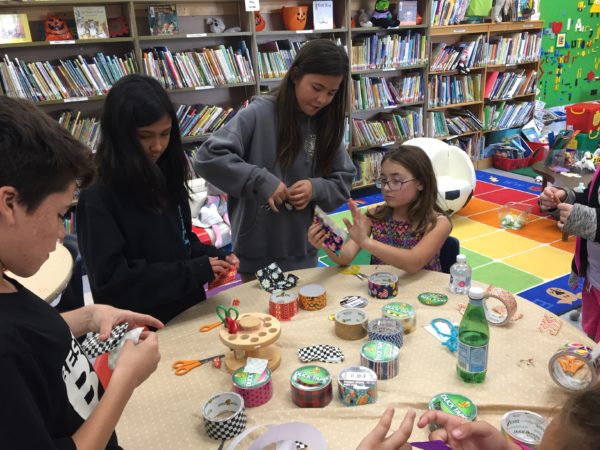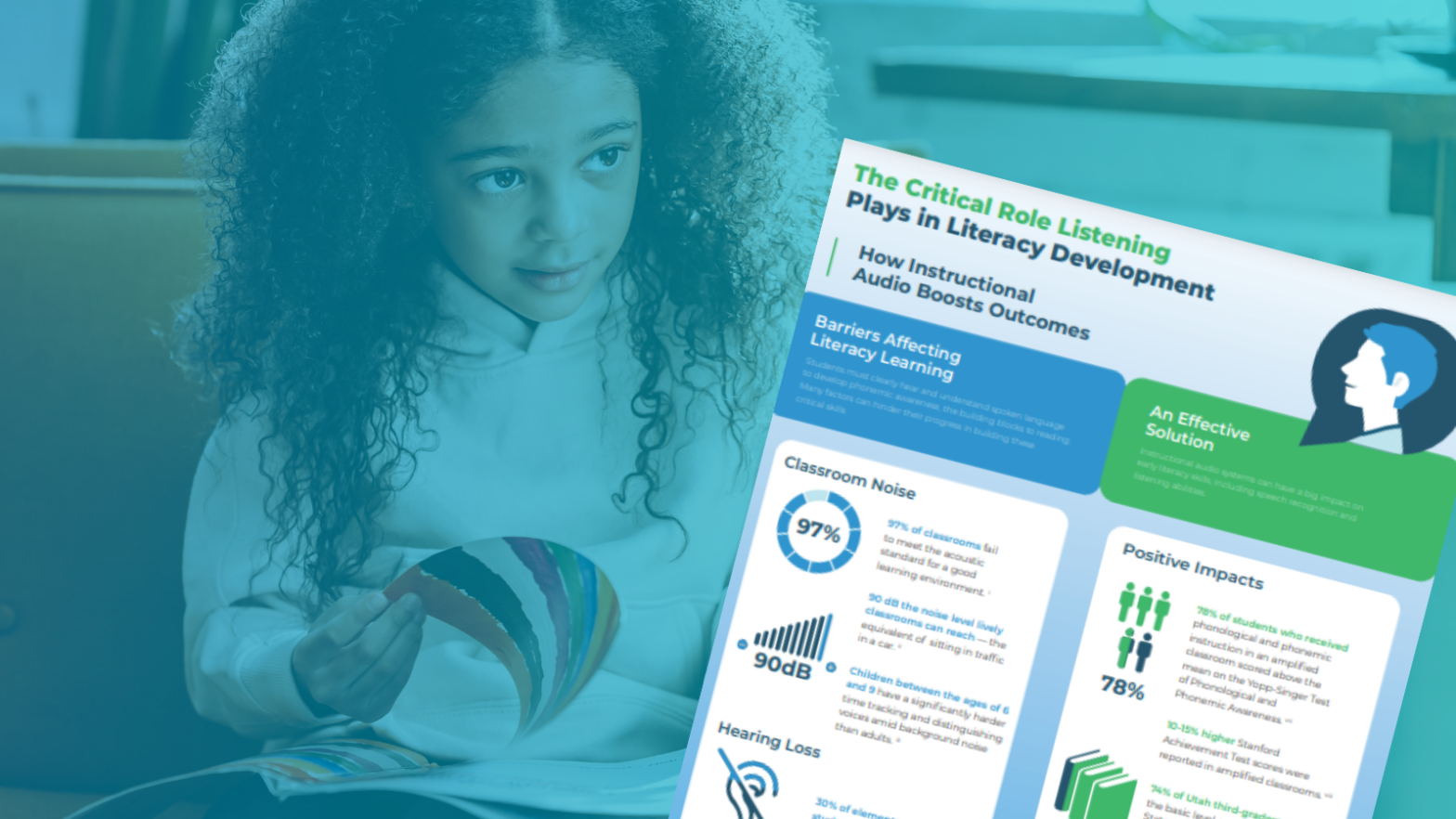The Biggest Lessons Librarians Learned in 2017
For the sake of our students, we must embrace the changing role of the school librarian. 2017 was a year filled with makerspaces, student engagement, personalized learning, and more. Here, two seasoned librarians shed light on their biggest lessons learned in 2017 and look forward to the up-and-coming trends for the new year.
“Never underestimate what students are capable of.” – Robin Glugatch
There’s no denying that libraries today look a lot different than they did 20 years ago. This year was the second year that our library was a makerspace. We added new robotics, drones, and video game design, and engaged students using our new Lightspeed audio system. Throughout the year, I saw students evolve, gain confidence in their public speaking skills, and enhance active listening skills when myself or others were speaking. We also painted an entire wall green to utilize the Green Screen with larger groups. The library is leading the way in adding technology and research materials to the curriculum to enhance learning.

The biggest lesson I learned in 2017 is to never underestimate what students are capable of. It is not up to me to decide what is too difficult for a student. If I don’t give them the opportunity to make those decisions for themselves, I risk squashing their ideas, talents, and confidence. This applies to the books that they read, objects they make, and tasks they are given. I would much prefer students to try something and risk failure than always play it safe. Student choice is essential to help students discover their passions and flourish.
A library is a place for all students to feel safe and welcome. As we enter 2018, I believe libraries will become more collaborative spaces for students. The transformation of libraries into makerspaces will provide a space for hands-on exploration and creativity. Modern media specialists will play a critical role in diversifying the materials in the library and promoting inclusion and kindness. We will be looked upon as facilitators for these programs, and will continue to embrace new books, technology, and learning styles.
As a New Year’s resolution, I encourage librarians to embrace the concept that libraries are changing. They are no longer quiet rooms with books. Challenge yourself by asking what you can do to promote 21st-century learning in your library. Create a personal learning network, via Twitter or other groups, to continue to learn how to transform your library and make it a place students want to be.
“I encourage all librarians to reflect on how their role influences the whole school community, and what ways they can use that influence to create new opportunities for growth and connection within that community.” – Andy Plemmons
As the media specialist at David C. Barrow Elementary, I am involved in several innovative projects at our school. Each of these projects has the potential to teach us new things each year, as well as to provide opportunities to try out new tools and techniques for teaching. Here are a few lessons I’ve learned that I’d like to share with my fellow librarians:
1. Try giving students a strong voice in developing your collection. The library collection is theirs. I run a Student Book Budget committee, where a group of students gets a taste of what it’s like to work in a library. Students collaborate as a team to interview their peers about what books they want the school to purchase, compile the data, meet with book vendors, narrow the list of considered books down to the final order, unpack the purchased books, and display them for checkout. This project allows students to make sure that at least part of the collection reflects their interests.
2. Take advantage of vendor relationships. During our Student Book Budget Committee project, we have students meet with vendors when considering which books to buy. We go on field trips to local bookstores, as well as inviting vendors in to meet with students at the school. As a result of their involvement with the project, one of our vendors, Capstone, even allows each of our committee members to choose a book that is their personal choice for the library. These books are donated to us, and students get to put a personalized label on the inside cover to show that they were the selector of the book.
3. Recognize each student’s strengths. During our annual “Barrow Peace Prize” project, each student selects one of six nominees from civil rights history to research. They then create a persuasive video essay as well as a watercolor painting showing why their chosen nominee best displays the qualities of peace. The videos are voted on by people from all over the world, and the nominee with the most votes (and the students who researched them) is awarded the Barrow Peace Prize during a grade-wide awards ceremony at the end of the project. We also give out awards to various students for their speaking, writing, research, or art skills. Every time we award one of these individual prizes, the entire grade cheers, and you can tangibly see how this project strengthens the student community.
Librarians and media specialists have a unique role within their schools. They are one of a select few that truly have the opportunity to connect with each student (and teacher) in the school on an individual level. They are at the heart of the school community and are often the point of origin for new technologies entering the school, as well as large-scale projects like the Student Book Budget Committee or the Barrow Peace Prize.
In the coming year, I encourage all librarians to reflect on how their role influences the whole school community, and what ways they can use that influence to create new opportunities for growth and connection within that community.


